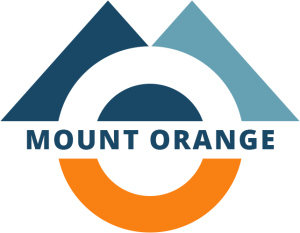Glossary: Culture map
Completion requirements
Tirohia te papakupu mā tēnei taupū
Motuhake | A | B | C | D | E | F | G | H | I | J | K | L | M | N | O | P | Q | R | S | T | U | V | W | X | Y | Z | katoa
C |
|---|
CommunicatingA spectrum from low-context, where clear and explicit communication is preferred, to high-context, which relies on implicit understanding and non-verbal cues. | |
ContextThe underlying background, environment, and non-verbal cues in communication that are more emphasized in high-context cultures. | |
Cultural MappingA methodology for understanding the position of a culture along eight scales related to communication and work styles, aiding in international collaboration. | |
D |
|---|
DecidingContrasts between consensual decision-making involving broad consultations and top-down approaches, where leaders make decisions with little input. | |
DisagreeingRanges from confrontational disagreement, where open conflict is accepted, to avoidance, where harmony is maintained by avoiding disagreement. | |
E |
|---|
EvaluatingVaries from direct negative feedback given openly and frankly, to indirect methods where criticism is conveyed in a softer, more nuanced manner. | |
L |
|---|
LeadingThe continuum from egalitarian leadership, which emphasizes team collaboration, to hierarchical, where decision-making is centralized. | |
P |
|---|
PersuadingThe scale between principles-first, starting with theories or concepts, and applications-first, where emphasis is on practical applications of ideas. | |
S |
|---|
SchedulingThe difference between viewing time linearly, with a focus on punctuality and schedules, and viewing it flexibly, with a more fluid approach to time. | |
T |
|---|
TrustingDifferentiates between task-based trust, which is built through business-related activities, and relationship-based trust, which depends on personal connections. | |
